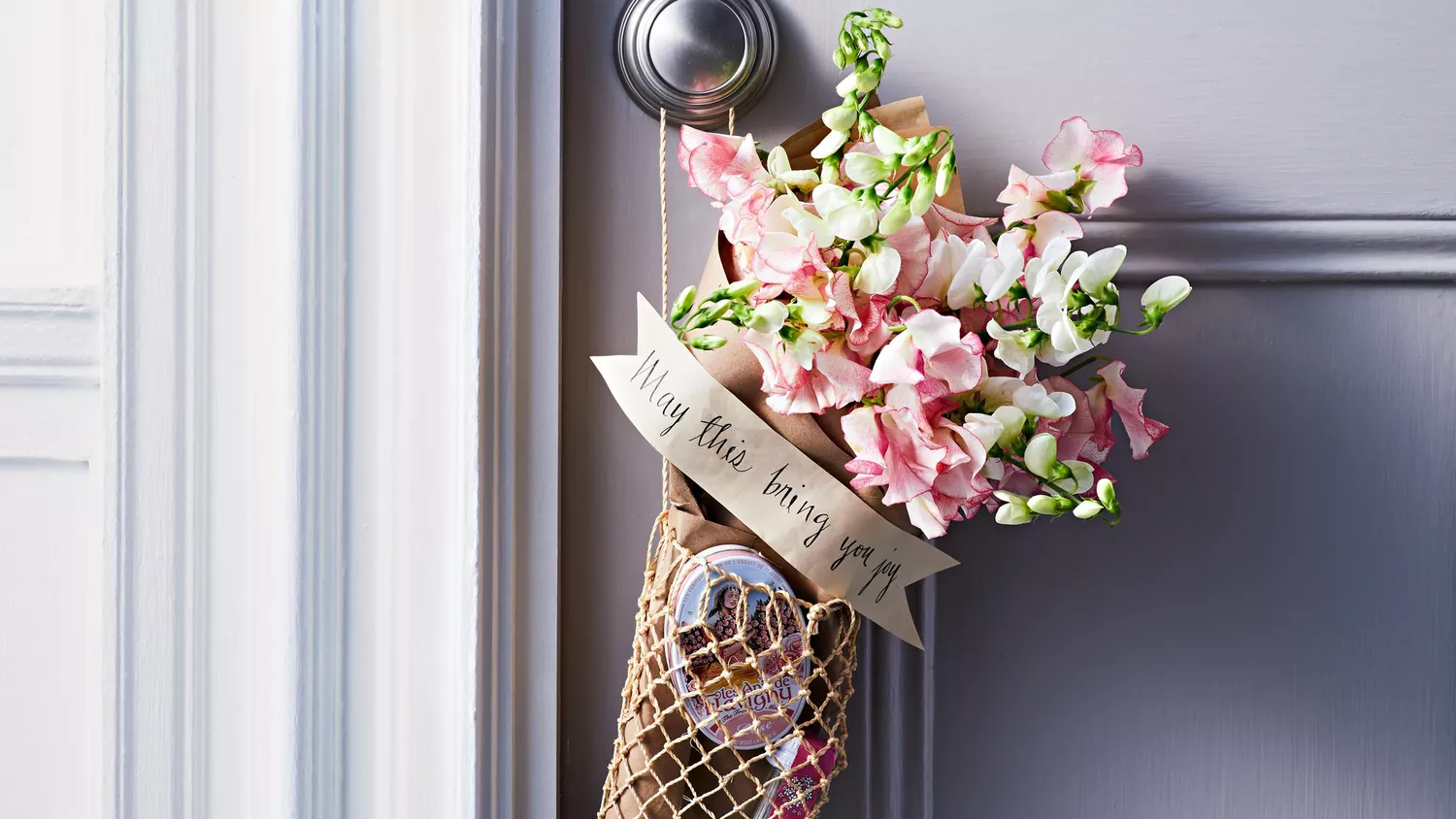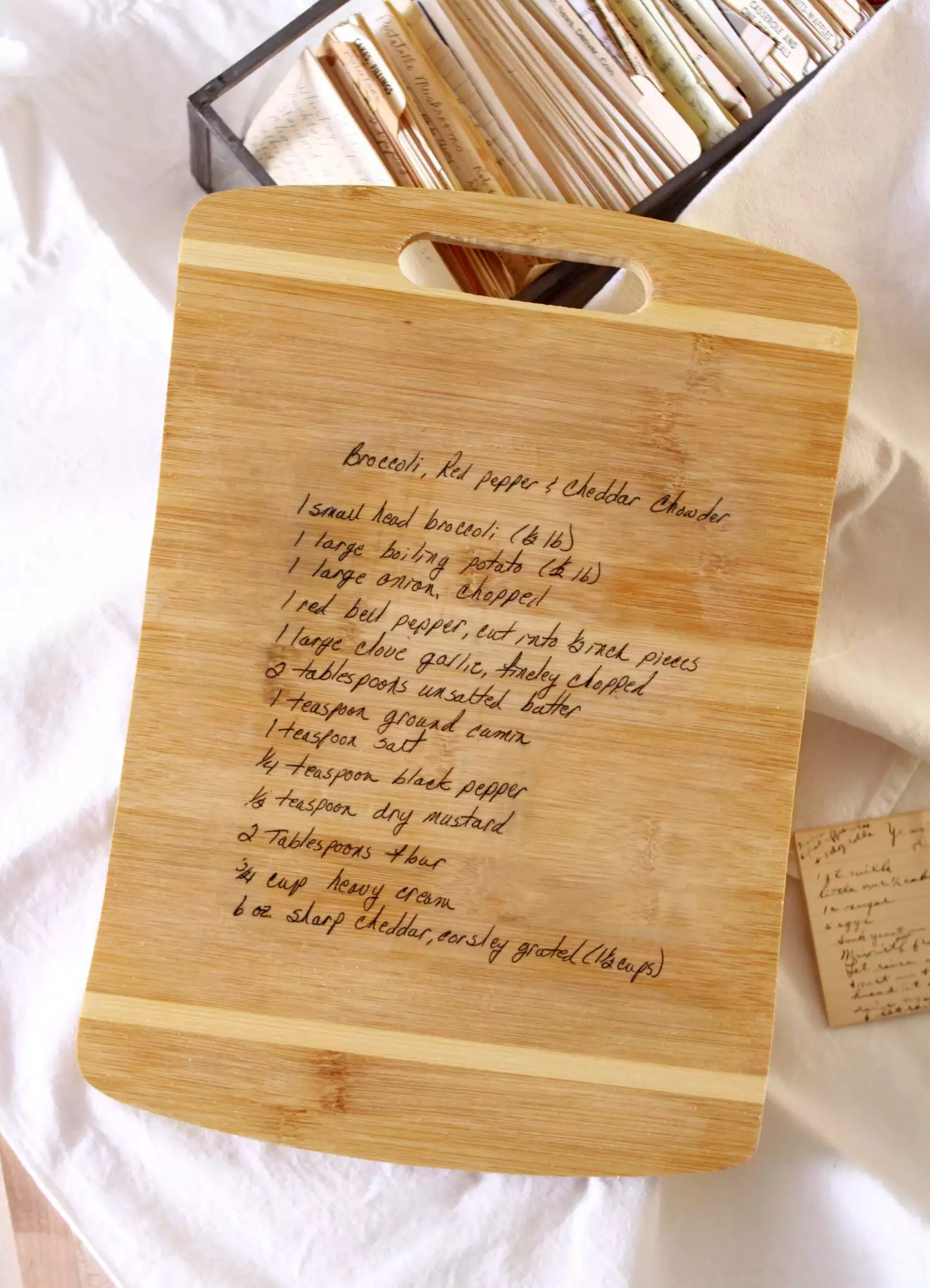Knock, knock. In the 1800s and early 1900s, individuals would mark the very first of May by hanging baskets of flowers or sweets on neighbors’ doorknobs, knocking on the door, and dashing away before they can be found. Louisa May Alcott offers an apt description of the events of May Day in her unique Jack and Jill:
” Such a twanging of bells and rapping of knockers; such a scampering of feet in the dark; such droll collisions as young boys came racing round corners, or girls encountered one another’s arms as they crept up and down steps on the sly; such laughing, whistling, flying about of flowers and friendly sensation– it was nearly a pity that May-day did not come oftener.”

It has origins going back to the pagan celebration, Beltane, a rural pre-Christian prehistoric tradition where households separated by long cold winters would congregate together to commemorate the arrival of spring and being together. Though it has actually changed from baskets filled with foods that weren’t readily available in the winter to paper-cone baskets filled with fragile flowers and sweets, the intent is more or less the very same: Winter is over, and it’s time to come together and celebrate spring.
Modern-day May baskets can be as excellent or easy as the provider wants, the point being that the provider required time and effort to create the basket with care and good intent. Generally, a May basket might be filled with things found growing in the yard: daffodils, tulips, hyacinth, even small violets.
In more recent years, children have filled baskets with popcorn and sweet, decorating the outdoors with hand-drawn images or stickers. Any variation is appropriate, so long as it’s a basket discovered hanging from the doorknob or sitting on the action. For a modern-day spin, surprise a pal on your block, a coworker, or an instructor with easy stems covered in paper, and bundled with deals with (like a bottle of Belvoir elderflower-and-rose lemonade and a tin of Les Anis de Flavigny rose-flavored anise sweets) in a net bag they can reuse at the green market for seasons to come.
May Day is less observed today as it once remained in earlier centuries, with the exception of a couple of backwoods in the U.S. where it is still fondly remembered and taken pleasure in. Even in these small communities, it’s a custom that seems to be dying out. These rural areas are often cut off from each other by long hard winter seasons, not so different from the buddies and neighbors that celebrated Beltane so long earlier.
In this modern age of correspondence when anyone can send a text to check in with buddies and next-door neighbors, it may appear unneeded to go to such great lengths to produce a basket and even sillier to dash away, leaving it on their doorstep, but the reality might be the opposite. A small act of compassion (like taking time to curate a gift basket with your own creativity) speaks volumes more than any text message ever could. Whether you’re residing in rural Illinois or an apartment in New York City, all of us have neighbors, and who does not like receiving a present?


